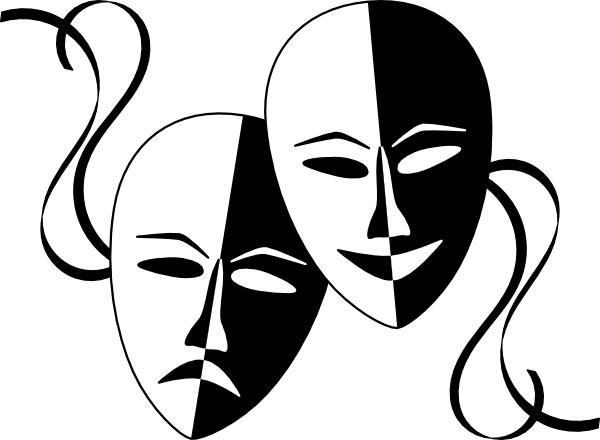Musical theatre stands apart as a unique form of performance. It combines dialogue, song, and dance to tell a complete story. While a standard play relies on spoken words, a musical uses melody to express emotion. At The Theatre Craft, we believe this genre captures the highest peaks of human feeling. When a character can no longer speak, they sing. When they can no longer sing, they dance. This integration creates a powerful connection with the audience. It is a style that ranges from the classics of the Golden Age to the rock operas of today.
From Music Halls to Broadway
The roots of musical theatre go deeper than many realize. It evolved from ancient religious dramas and rowdy music hall traditions. The early Golden Age refined these elements into the art form we recognize today. It merged visual spectacle with catchy melodies to entertain large crowds. Over time, musical comedy branched out and began to defy conventions. Productions started to explore serious themes alongside the romance and humor. Students tracking this complex timeline often look for reliable study aids. A search for the best essay writing service reddit 2024 can reveal useful discussions and resources for academic research. This history explains why modern Broadway shows still captivate us with their blend of song and story.

Adapting Classics for the Stage
Musical theatre frequently turns to classic literature for inspiration. Adapting a play like Romeo and Juliet into a musical requires more than just adding lyrics. It demands a complete reimagining of the narrative arc. The music must replace long speeches to keep the pacing sharp and engaging. This process of transformation is a common topic in university theatre courses. Students often seek external help to manage their research papers on these complex adaptations. Reading a Speedypaper review can guide them toward trusted academic assistance. This allows them to spend more time understanding the nuances of production design and performance techniques.

The Role of Choreography
Dance is the heartbeat of a musical. It moves the story forward when words are not enough. Iconic choreographers have used movement to define entire eras of Broadway. It requires immense physical stamina from the performers. Every step must have a purpose behind it. It is not just about looking good. It is about revealing the inner state of the characters. This visual language makes the genre universally understood. It allows the audience to feel the energy of the narrative instantly.
Behind the Curtain
Creating a musical is a massive team effort. It is never the work of just one person. The process requires a tight bond between the director, the composer, and the design team. They must agree on the visual world and the musical score. This involves balancing quiet ballads with loud ensemble numbers to keep the audience engaged. Students often find it difficult to capture this complexity in their coursework. WritePaper offers support for writing about these unique production details. It helps create essays that highlight the blend of performance and technical craft. This ensures that the written analysis is as dynamic as the show itself.
The Audience Connection
Musical theatre leaves a mark that lasts long after the curtain falls. The blend of melody and drama reaches the audience on a visceral level. It explores themes of love and fate in ways that spoken words cannot match. This art form encourages us to see the world differently. It sparks conversations about our own lives and values. Successful productions do more than just entertain a crowd. They create a shared emotional experience that stays with us. This deep bond is what keeps the tradition of the musical alive and relevant.

Experiencing the Magic Live
There is no substitute for seeing a musical theatre production in person. The energy in the room is unique to the live stage. You can find these shows in grand Broadway houses or intimate local venues. Each setting offers a different way to engage with the art. Whether you are a seasoned fan or a newcomer, the world of stage musicals has something to offer. It is a rich and diverse landscape waiting to be explored.

Innovation and the Future
Musical theatre is a living art form that never stops evolving. It constantly finds new ways to engage an audience. Creators today are reimagining classic stories and building entirely new worlds. This drive for innovation keeps the genre fresh and exciting. It proves that the combination of song, dance, and drama has endless possibilities. As the landscape changes, we can look forward to a future where the musical stage continues to challenge and inspire us all.

